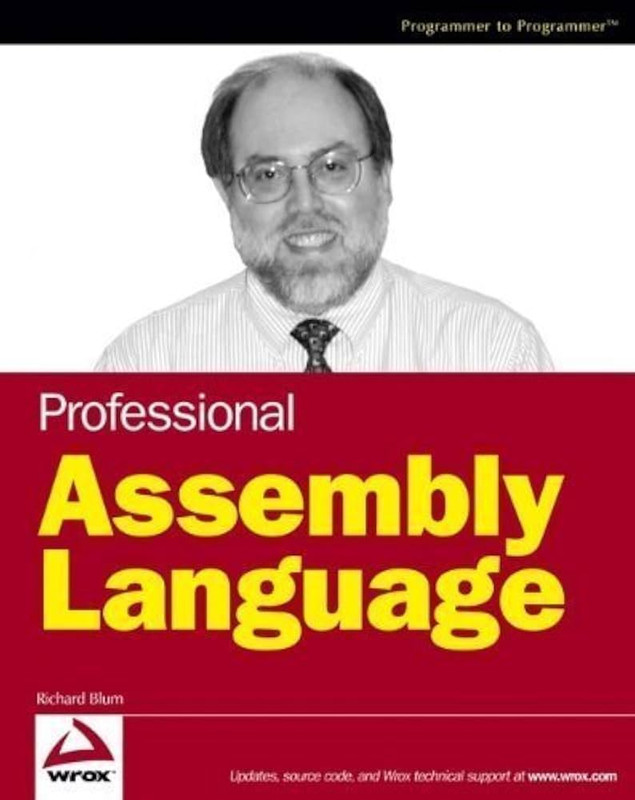dEEpEst
☣☣ In The Depths ☣☣
Staff member
Administrator
Super Moderator
Hacker
Specter
Crawler
Shadow
- Joined
- Mar 29, 2018
- Messages
- 13,860
- Solutions
- 4
- Reputation
- 27
- Reaction score
- 45,546
- Points
- 1,813
- Credits
- 55,340
7 Years of Service
56%

Introduction
Assembly language is one of the most misunderstood programming languages in use. When the term assembly language is used, it often invokes the idea of low-level bit shuffling and poring over thousandpage instruction manuals looking for the proper instruction format. With the proliferation of fancy highlevel language development tools, it is not uncommon to see the phrase “assembly language programming is dead” pop up among various programming newsgroups.
However, assembly language programming is far from dead. Every high-level language program must be compiled into assembly language before it can be linked into an executable program. For the highlevel language programmer, understanding how the compiler generates the assembly language code can be a great benefit, both for directly writing routines in assembly language and for understanding how the high-level language routines are converted to assembly language by the compiler.
Who This Book Is For
The primary purpose of this book is to teach high-level language programmers how their programs are converted to assembly language, and how the generated assembly language code can be tweaked. That said, the main audience for this book is programmers already familiar with a high-level language, such as C, C++, or even Java. This book does not spend much time teaching basic programming principles. It assumes that you are already familiar with the basics of computer programming, and are interested in learning assembly language to understand what is happening underneath the hood.
However, if you are new to programming and are looking at assembly language programming as a place to start, this book does not totally ignore you. It is possible to follow along in the chapters from the start to the finish and obtain a basic knowledge of how assembly language programming (and programming in general) works. Each of the topics presented includes example code that demonstrates how the assembly language instructions work. If you are completely new to programming, I recommend that you also obtain a good introductory text to programming to round out your education on the topic.
What This Book Covers
The main purpose of this book is to familiarize C and C++ programmers with assembly language, show how compilers create assembly language routines from C and C++ programs, and show how the generated assembly language routines can be spruced up to increase the performance of an application.
All high-level language programs (such as C and C++) are converted to assembly language by the compiler before being linked into an executable program. The compiler uses specific rules defined by the creator of the compiler to determine exactly how the high-level language statements are converted. Many programmers just write their high-level language programs and assume the compiler is creating the proper executable code to implement the program.
However, this is not always the case. When the compiler converts the high-level language code statements into assembly language code, quirks and oddities often pop up. In addition, the compiler is often written to follow the conversion rules so specifically that it does not recognize time-saving shortcuts that can be made in the final assembly language code, or it is unable to compensate for poorly written highlevel routines.
This is where knowledge of assembly language code can come in handy. This book shows that by examining the assembly language code generated by the compiler before linking it into an executable program, you can often find places where the code can be modified to increase performance or provide additional functionality. The book also helps you understand how your highlevel language routines are affected by the compiler’s conversion process.